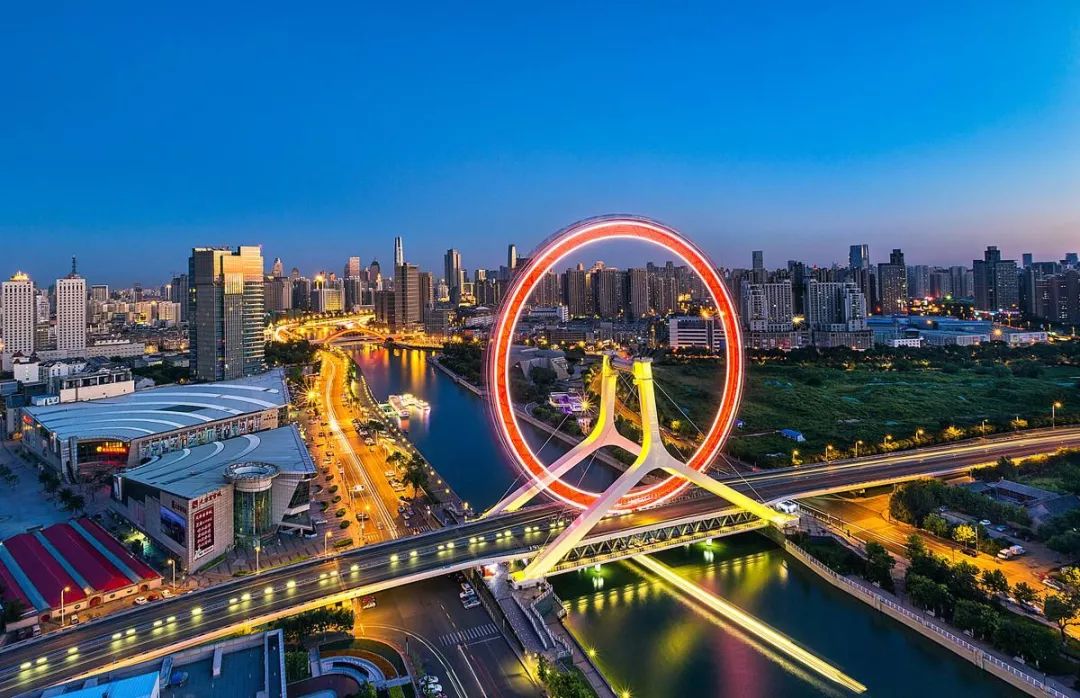sierra-barter.com – Tianjin, one of China’s major port cities, plays a crucial role in the country’s economic landscape. As a key gateway to the inland capital of Beijing, Tianjin combines rich cultural heritage with modern industrial prowess. Let’s delve into the unique characteristics that make this city an essential part of northern China.
Strategic Location and Economic Importance
Situated on the Bohai Sea, Tianjin serves as a critical maritime hub. Its port is among the busiest in the world, facilitating enormous volumes of international trade. The city’s strategic location has fostered its growth as an industrial and financial center, with a strong presence in sectors such as manufacturing, aerospace, and finance.
Historical Background
Tianjin’s history as a port dates back to the Yuan Dynasty, but it gained prominence during the Qing Dynasty as a treaty port. The city’s architecture reflects its colonial past, with European-style buildings in areas like the Wudadao District, which offer a glimpse into its international influence during the 19th and early 20th centuries.
Cultural Richness
Tianjin boasts a vibrant cultural scene, with a blend of traditional Chinese heritage and modern influences. The city is known for its unique form of Chinese opera, Tianjin Opera, and its contributions to Chinese folk art, such as Yangliuqing New Year paintings. Cultural landmarks include the Tianjin Museum and the Tianjin Grand Theatre, which host a variety of exhibitions and performances.
Architectural Highlights
The city’s skyline is a mix of historical and contemporary architecture. Iconic structures like the Tianjin Eye, a giant Ferris wheel on the Yongle Bridge, offer panoramic views of the city. The Binhai New Area represents the city’s modern development, with futuristic buildings and a thriving economic zone.
Culinary Scene
Tianjin is renowned for its diverse culinary offerings. The city’s street food is a highlight, with popular dishes such as Goubuli baozi (steamed buns) and Jianbing (savory crepes) drawing locals and tourists alike. The Nanshi Food Street is a must-visit for anyone wishing to explore the city’s gastronomic delights.
Conclusion
Tianjin stands as a testament to China’s ability to blend tradition with modernity. Its role as a major port city underscores its economic significance, while its rich cultural offerings make it a fascinating destination. Whether you’re interested in business, history, or cuisine, Tianjin offers a dynamic and engaging experience.
